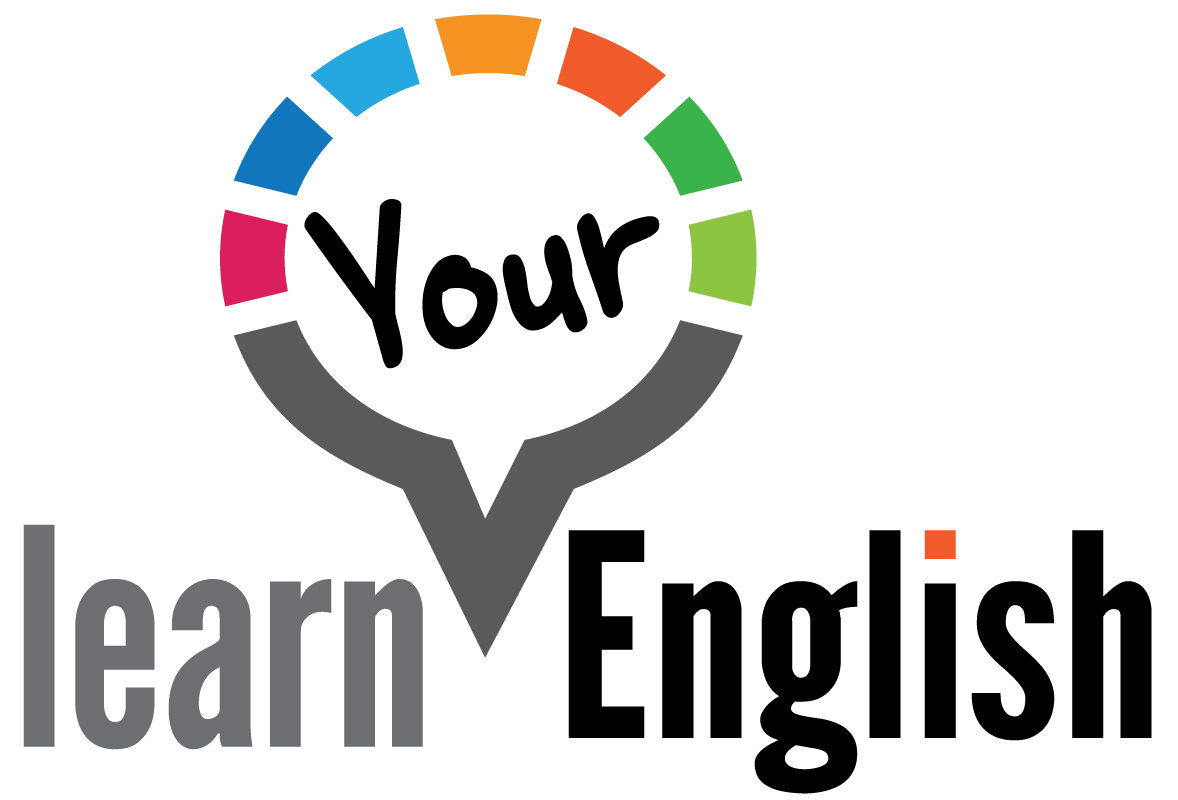The Anatomy of an Effective Newsletter
Offer value & help people in small doses every week
Read time: 5 minutes
Here’s our TTT for this week on how to grow your online teaching business.
What is TTT? A Tip, Takeaway, and Task. On Thursday.
Enjoy!
Tip: A valuable newsletter goes a long way
When we first started we asked one of our mentors how often we should send a newsletter.
They responded by asking “how often do you want to make money?”
This is facetious of course. But only to an extent.
A newsletter is a great way to interact with your audience and the people who value your work. And each one you send increases the chances of finding someone who’s ready to take their skills to the next level.
Whether you already send one out to your audience or haven’t started yet, let’s look at the tenants of an effective newsletter.
Takeaway: The purpose is to help people
The first point is that a newsletter is a direct way to get in touch with your audience. This is step 1 of what we call “owning your audience.” You don’t want to always be a victim to algorithms or Mark Zuckerberg one day deciding he’s had enough and is shutting Meta down.
But a newsletter is also a two-way street. What’s in it for the business owner is obvious. But why would the receiver stay subscribed?
It needs to help them.
Your audience will be continually be in different phases of the buying cycle:
Just discovering they have a problem
Simply browsing options
Knows they have a problem but doesn’t really know who you are
Has a very painful problem and I love you - when can I start?
A newsletter (and mailing list overall) is a way to give value, teach people about yourself, build trust, and allow people to decide if you are a good fit for them or not.
With that said, these are our key components to an effective newsletter:
1. Consistency
Like overall audience curation, if you do it for a short period of time or inconsistently, nothing will happen. This is the long game. Choose a frequency and stick to it for at least a year.
For example, if you subscribe here, you know you get a newsletter from us every Thursday.
2. It helps people get better
People generally hate getting emails. Think of the newsletters you subscribe to. Why is that?
Now think of the newsletters that you have unsubscribed from. Why was that?
Take the good from the ones you like and avoid the ones you don’t.
In general, a quality newsletter doesn’t inform but rather helps.
We like the power of 3 here: 3 short sections that help (hopefully) people improve in a specific area.
Each week when we send this, we hope you read it and are able to improve your teaching business right away.
A newsletter that sells is a commercial, not a newsletter.
3. Short and sweet
Most people also don’t have a lot of time to read them. Keep it short, sweet, and impactful. At the top of ours, we add the expected read time. It’s always under five minutes.
4. Actionable
Especially for learning, people want to get better. Overall, we believe in helping people no matter what. We have both free and paid resources to achieve that outcome.
But even in free resources, people should experience an outcome and a move towards their desired situation. With techniques that work and immediate results, they’ll be more inclined to pay for your premium offerings. And even if not, you’re still helping people.
For us, we have three sections that lead to our weekly actionable:
Tip
Takeaway
Task
Come up with a similar structure to help your audience every week.
5. Soft selling
Okay, so there's a bit of selling. But it's indirect and and not the main purpose of the newsletter. And for the prospects at the end of the buying cycle we described earlier, this is exactly what they want to see.
At the bottom of ours, we add three other ways we can help you. This is soft selling. Not the main purpose, the reader gets free value, but is also aware of other things going on that may or may not pertain to their current situation.
Task: Create the anatomy of your newsletter
Questions to consider:
What is my niche?
What do they struggle with?
Do they know what I do?
Do they know I can help them?
What are smaller things I can help them with each week?
Any CRM (customer relationship management) will do for this. If you don’t have one already, we use and love MailerLite. That’s how you’re receiving this email now.
It’s completely free until 1,000 subscribers.
Once you send out your first newsletter, let us know! We’d love to check it out.
We hope this helps.
See you again next week.
Leo, Andrew, and Mike
When you’re ready, here are 3 ways we can help you:
1. Our free Business Foundations Training for Teachers (260 teachers)
2. TBLT Made Easy - use tasks in your class right away (116 teachers)
3. A free consultation with us to talk about taking your business and teaching to the next level (first come first served)



